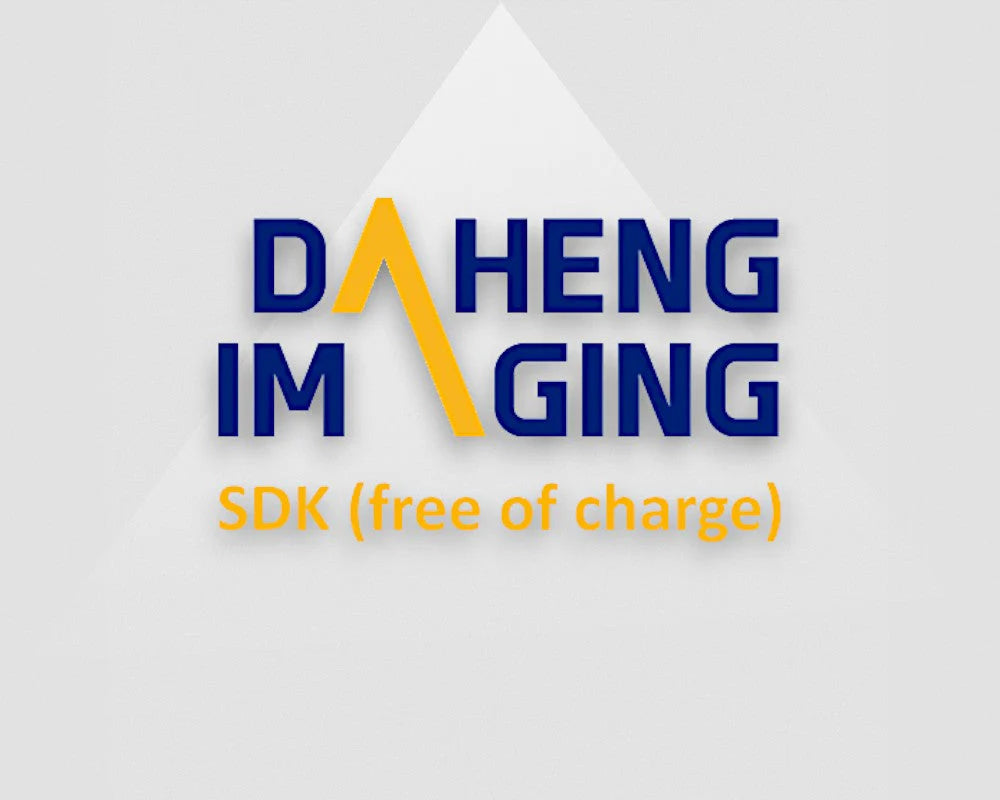Câmaras de Machine Vision na Indústria Automóvel
No atual panorama competitivo da indústria de fabrico, machine vision câmaras na indústria automóvel desempenham um papel fundamental no avanço do controlo de qualidade e da inspeção. Desde a deteção de defeitos microscópicos até à verificação da aplicação de pintura, estes sistemas ajudam os fabricantes a alcançar maior eficiência e a reduzir o desperdício de materiais. Este artigo explora como uma configuração de machine vision baseada em Infravermelhos Próximos (NIR) com tecnologia VA Imaging’s componentes de alto desempenho foi implementado com sucesso para inspecionar peças automóveis com precisão incomparável.

Inspeção de Defeitos Automóveis com Imaging NIR
Um dos tipos mais exclusivos de produtos que a VA-Imaging tem para oferecer são os Componentes de Infravermelhos Próximos e, em certos casos, estes componentes podem tornar-se uma parte essencial de um sistema de inspeção. Além disso, como as empresas da indústria automóvel estão constantemente à procura de formas de aumentar a eficiência e a qualidade dos seus processos de fabrico, as machine vision câmeras estão a tornar-se cada vez mais comuns. Mais especificamente, as câmeras industriais são utilizadas para aplicações como inspeção de defeitos, inspeção de pintura e revestimento, e deteção de imperfeições de materiais, porque a possibilidade de detetar até o menor erro numa peça automóvel impulsionará a elevada fiabilidade dos produtos desenvolvidos e ajudará as empresas a reduzir custos.
Neste artigo, iremos abordar uma configuração de machine vision baseada em NIR, que foi utilizada para inspeção de peças automóveis. A configuração mencionada inclui a câmera ME2P-530-72U3M-NIR, uma lente VA-LCM-25MP-08MM-F2.8-110 e um NIR-led spot.
Câmaras de Machine Vision para Defeitos Automóveis
Para o primeiro passo, o cliente decidiu escolher uma câmera em torno da qual o restante da configuração foi construído. O principal critério, que era importante para o cliente, era que o componente precisava ser capaz de ver o menor detalhe de pelo menos 1,3 mm num campo de visão de 1000x790 mm.
Assim, com base nestas especificações e no facto de a distância do PC à câmera ter de ser inferior a 4,7 metros, foi recomendada a ME2P 530-72U3M-NIR câmera. Trata-se de uma câmera monocromática de infravermelhos próximos de 5,3 megapíxeis, equipada com o sensor Python5000 e com uma resolução de 2592x2048 píxeis. Além disso, é uma câmera global shutter, que também possui uma taxa de frames de 72fps. Adicionalmente, este tipo de câmeras monocromáticas de infravermelhos próximos são especialmente concebidas para detetar defeitos de superfície que não podem ser vistos sob condições de iluminação padrão, enquanto, ao mesmo tempo, o global shutter garante que o desfoque de movimento é minimizado durante a inspeção de peças em movimento.

Especificações Técnicas
| Interface | USB3 Vision |
| Resolution | 2592x2048 |
| Shutter type | Global Shutter |
| Color/Monochrome | Mono |
| Part Number | ME2P-530-72U3M-NIR |
Seleção de Lente Industrial para Deteção de Defeitos NIR
For the automotive inspection setup, the VA-LCM-25MP-08MM-F2.8-110 lens was selected based on the required Field of View at a 651mm working distance.
The machine vision lens enabled the detection of defects as small as 1.3mm while maintaining a sharp, distortion-free image, demonstrating the importance of proper lens choice in NIR-based automotive inspection.
Especificações Técnicas
| Resolution (megapixel) | 25 |
| Focal length (mm) | 8 |
| Image format/circle | 1.1" |
| Minimum object distance (MOD) - Max | 100mm - Infinity |
| Mount | C |
Iluminação LED NIR para Machine Vision automóvel
Using the IR Spot Light, the system improved detection of cracks, surface defects, and hidden coating issues, including uneven paint and incorrect layers. NIR LED spots increased accuracy and consistency, making it highly effective for automotive quality control and surface inspection.
Key Features of the VA-SL-90x80-IR NIR LED Spots:
- Lighting Type: Near-Infrared (NIR) LED
- Spot Size: 90 × 80 mm
- Application: Automotive parts inspection, defect detection
- Advantages: Improved contrast, better penetration of coatings, enhanced paint/coating inspection
- Ideal For: Cracks, contaminations, structural irregularities, coating inconsistencies
Daheng Imaging SDK para deteção de defeitos NIR Machine Vision
Para o lado de software da aplicação, o cliente decidiu utilizar o Software Development Kit da Daheng Imaging gratuito. O SDK foi uma boa opção para esta aplicação, uma vez que oferece ao utilizador a possibilidade de configurar facilmente parâmetros como o tempo de exposição e suporta várias linguagens de programação, como a utilizada nesta aplicação – Python. Ao utilizar este software, o cliente conseguiu integrar facilmente o seu sistema desenvolvido, tendo em consideração os requisitos necessários para a configuração.

Visão NIR para Inspeção Precisa
Além disso, para proporcionar uma compreensão mais aprofundada de como a configuração foi utilizada pelo cliente no ambiente de fabrico automóvel, esta parte do artigo apresenta uma breve visão geral dos objetivos alcançados pelo utilizador ao utilizar este sistema. Esses objetivos foram os seguintes:
- Identificar tinta aplicada de forma desigual, o que leva a inconsistências no brilho e na espessura das peças automóveis.
- Detetar contaminantes, que afetavam negativamente a superfície dos produtos fabricados.
- Notar irregularidades como microfissuras nas peças produzidas.
No final, ao utilizar a câmera ME2P-530-72U3M-NIR, a lente VA-LCM-25MP-08MM-F2.8-110 e a iluminação LED spot NIR, o fabricante alcançou um aumento significativo na velocidade de deteção de defeitos e, ao deixar menos margem para erros, reduziu o desperdício de material.
Utilização da Configuração NIR noutras Aplicações da Indústria Automóvel
Para além da inspeção de fissuras, pintura e revestimento, este tipo de configuração pode ser utilizado em várias outras aplicações automotivas, tais como:
Com uma configuração de machine vision bem aconselhada, muitos problemas podem ser resolvidos na indústria automóvel, ao mesmo tempo que se obtém uma vantagem em termos de eficiência.
Precisa de ajuda para escolher uma solução de Machine Vision?
Se está a planear desenvolver o seu próprio sistema de inspeção ou a explorar como implementar machine vision câmeras na indústria automóvel, os nossos especialistas estão disponíveis para ajudar. Quer necessite de orientação na seleção da câmera industrial adequada, na escolha da lente ideal ou no design de uma configuração de iluminação eficaz, podemos ajudá-lo a construir uma solução de machine vision fiável e de alto desempenho, adaptada à sua aplicação automóvel. Não hesite em contactar-nos para suporte personalizado.





























































